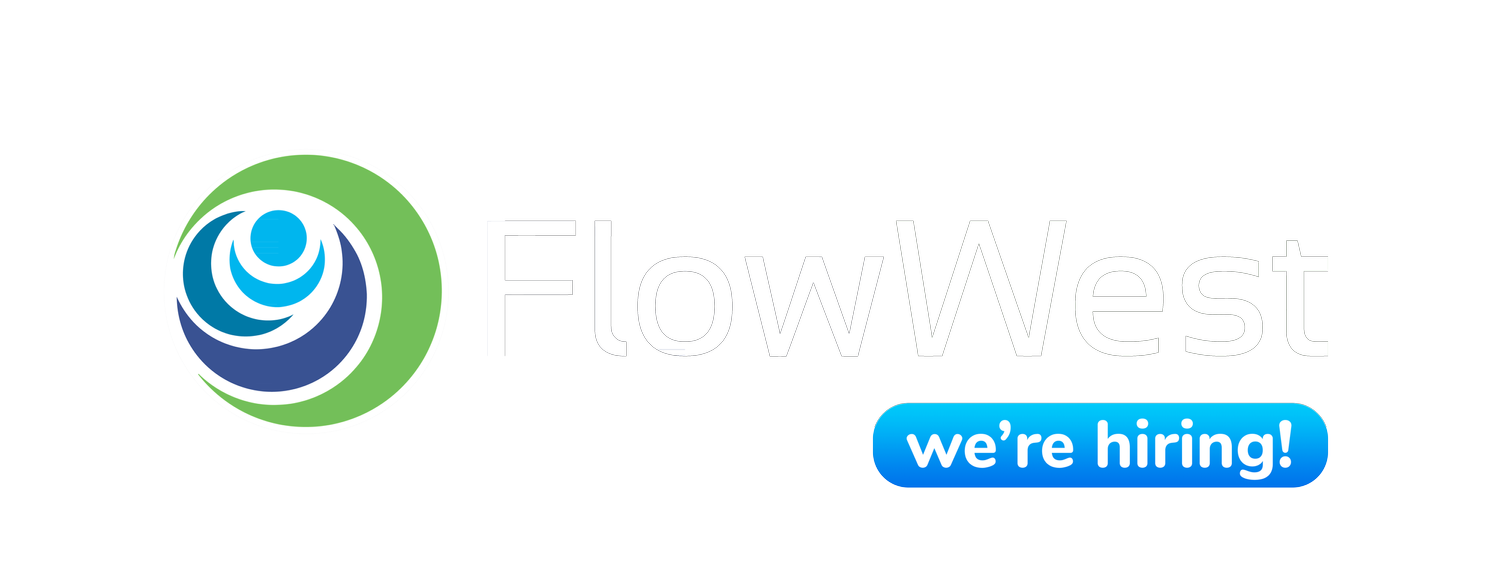Inspecting the levee
Co-Founder Mark Tompkins was invited for the groundbreaking and is seen here celebrating the start of construction of this amazing project. View the gallery below for more photos of the event.
Yesterday at Great Valley Grasslands State Park near Stevinson, CA, officials and representatives from CA State Parks, Dept. of Fish and Wildlife, Department of Water Resources, Bureau of Reclamation, Central Valley Irrigation District, Ducks Unlimited, River Partners, American Rivers, and local Tribes gathered to celebrate over 10 years of collaborative work coming to fruition. Together with FlowWest, CA State Parks and an array of partners have advanced this important project that will create over 200 acres of new habitat for baby salmon from concept to construction. FlowWest has been the lead consultant on every phase of the project, from grant writing, to a feasibility study, to design and permitting, and construction monitoring.
Starting in 2009, FlowWest determined the feasibility of removing levees to restore critical floodplain habitat to this portion of Great Valley Grasslands State Park (GVGSP) on one of the last remaining tracts of native, untilled grasslands in the Central Valley. The park is part of the larger Pacific Flyway, and GVGSP provides about 3,000 acres of essential wildlife habitat. Removal of key levees in the park will reinvigorate floodplain habitat and grow the larger Grasslands Ecological Area, which represents the largest remaining contiguous block of wetlands in California. Several rare and endangered plant and animal species inhabit the park, including alkali sacaton, a native bunch grass, and the Delta button celery (Eryngium racemosum) a state listed endangered species found in the floodplain of the San Joaquin River. Biologists have also reported the California Tiger Salamander and endangered vernal pool fairy shrimp and tadpole shrimp.











